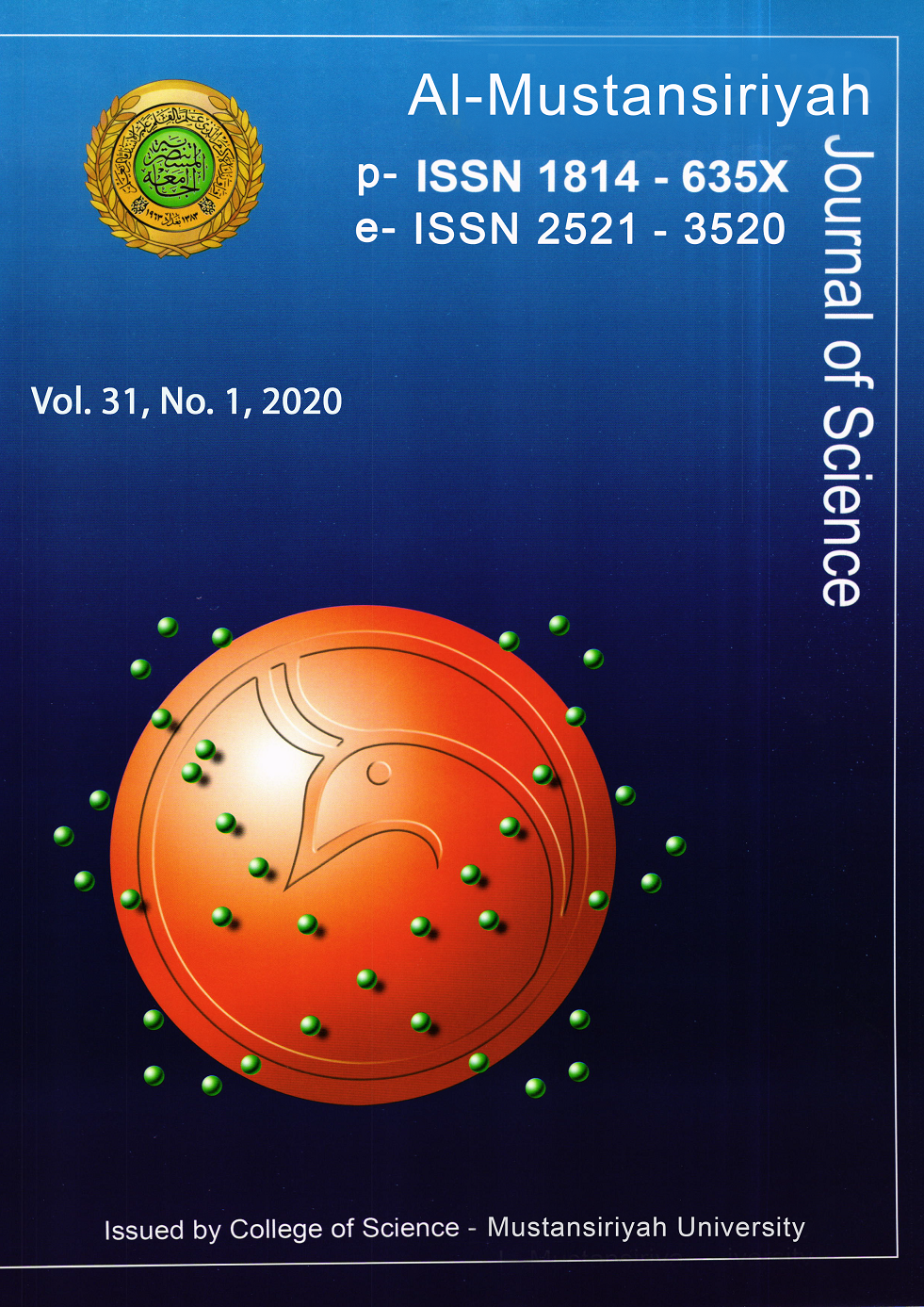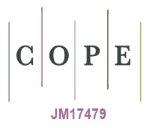Image Encryption Algorithm Based on a Novel Six-Dimensional Hyper- Chaotic System
DOI:
https://doi.org/10.23851/mjs.v31i1.739Abstract
Due to the rapid evaluation in the field of communications and multimedia and the increasing use of the Internet, multimedia data security has become very urgent. of the best alternative way to achieve multimedia data security is encryption, which prevents unauthorized entities from accessing confidential data. In recent years, the chaotic system of image encryption becomes an efficient way to encrypt images due to its high security. It has certain special properties like sensitivity to initial conditions, and control parameters, pseudorandom, ergodicity, and non-convergence, etc. chaotic dynamics systems became a promising alternative to traditional encryption algorithms. In this paper, This paper presents a new algorithm for the image encryption/decryption scheme depended on a novel six-dimensional hyper-chaotic system to achieve a high level of security, the chaotic sequence generated from system employ for permutation and diffusion the original image to create an encrypted image. The performance of the algorithm has been analyzed through analyzes statistical such as Histogram Analysis, Correlation Coefficient Analysis, Information Entropy Analysis, Key Space Analysis, Key Sensitivity Analysis, Number of Pixels Change Rate (NPCR), Unified Average Changing Intensity (UACI), Peak Signal to Noise Ratio, The experimental results show that the algorithm has good encryption performance, large keyspace equals to and the high sensitivity for small changes in secret key which makes the algorithm immune to Brute force attacks, and it can resist the statistical attacks, therefore, the presented encryption algorithm depends on a novel hyperchaotic system is more secure against the statistical and differential attacks.Downloads
References
Srivastava, A., "A survey report on Different Techniques of Image Encryption", International Journal of Emerging Technology and Advanced Engineering, Vol. 2, pp. 163-167, 2012.
Kwok H. and Tang W., "A Fast Image Encryption System Based on Chaotic Maps With Finite Precision Representation", Chaos, Solitons and Fractals, vol. 32, no. 4, pp. 1518-1529, 2007. CrossRef
Hala Bahjat and May A. Salih, "Dynamic Shuffling for Speed Image Encryption", Volume -89, Number- 7, 2014. CrossRef
Maqableh, M., A.B. Samsudin, and M.A. Alia, " New Hash Function Based on Chaos Theory (CHA-1)". IJCSNS International Journal of Computer Science and Network Security 2008. 8(2): p. 20-26.
Shubo Liu, Jing Sun and Zhengquan Xu, "An Improved Image Encryption Algorithm based on Chaotic System", Journal of computers, Vol. 4, No. 11, November 2009. CrossRef
Vishnu G. Kamat and Madhu Sharma, "Symmetric Image Encryption Algorithm Using 3D Rossler System", International Journal of Computer Science and Business Informatics, Volume -14, Number -1, 2014.
Ruisong Ye and Weichuang Guo, "A Chaos-based Image Encryption Scheme Using Multimodal Skew Tent Maps", Journal of Emerging Trends in Computing and Information Sciences, Vol. 4, No. 10, October 2013.
Jianming Liu and Huijing L , "A New Duffing-Lorenz Chaotic Algorithm and Its Application in Image Encryption", International Conference on Control Engineering and Communication Technology, 2012.
Lequan Min et al.," A 6 Dimensional Chaotic Generalized Synchronization System and Design of Pseudorandom Number Generator with Application in Image Encryption", Tenth International Conference on Computational Intelligence and Security, 2014.
Xiangjun Wu, Chenxi Bai and Haibin Kan, " A new color image cryptosystem via hyperchaos synchronization", Commun Nonlinear Sci Numer Simulat, 2014.
Xiangjun Wu, Dawei Wang et al., " A novel lossless color image encryption scheme using 2D DWT and 6D hyperchaotic system", Information Sciences, 2016.
Shuqin Zhu and Congxu Zhu, " Image encryption algorithm with an avalanche effect based on a six-dimensional discrete chaotic system ", Multimed Tools Appl, part of Springer Nature, 2018.
S. A. Mehdi and H. A. Qasim, " Analysis of a New Hyper Chaotic System with six cross-product nonlinearities terms", American Journal of Engineering Research (AJER), e-ISSN: 2320-0847 p-ISSN: 2320-0936 Volume-6, Issue-5,2017, New York ,USA, pp-248-252.
Downloads
Key Dates
Published
Issue
Section
License
(Starting May 5, 2024) Authors retain copyright and grant the journal right of first publication with the work simultaneously licensed under a Creative Commons Attribution (CC-BY) 4.0 License that allows others to share the work with an acknowledgement of the work’s authorship and initial publication in this journal.






















